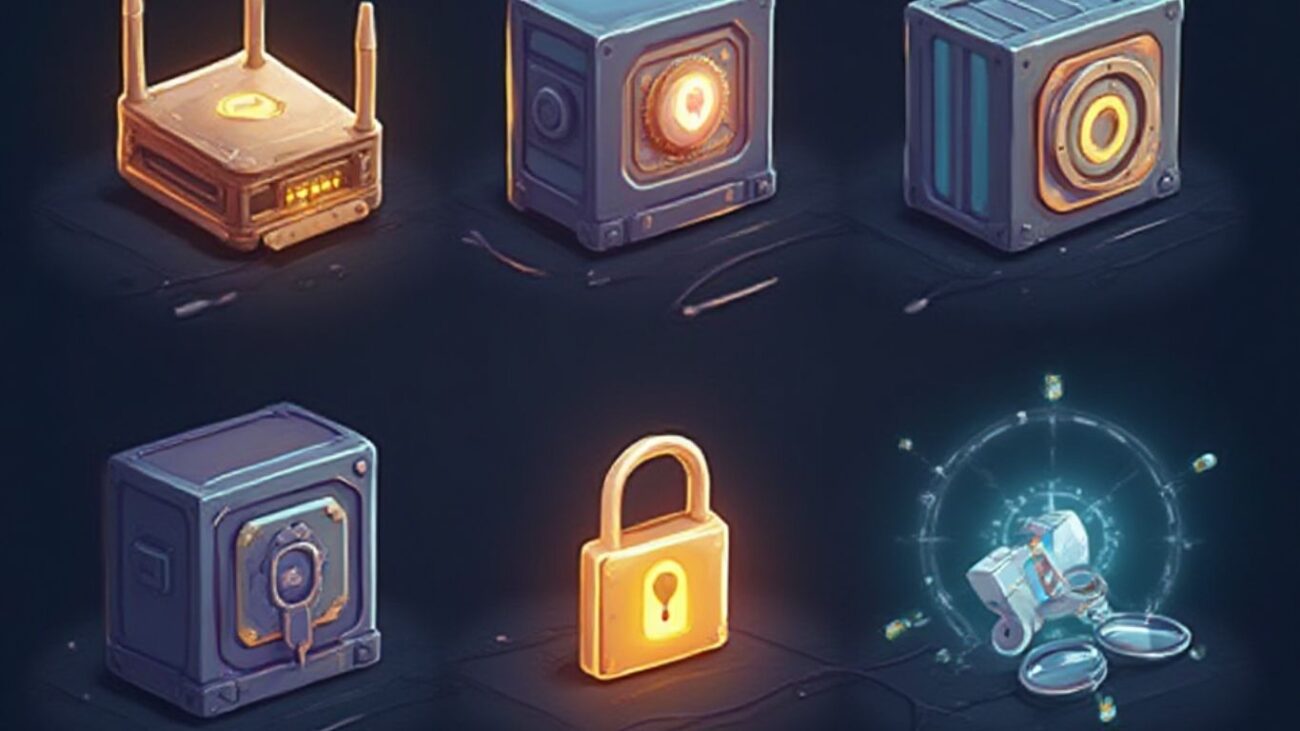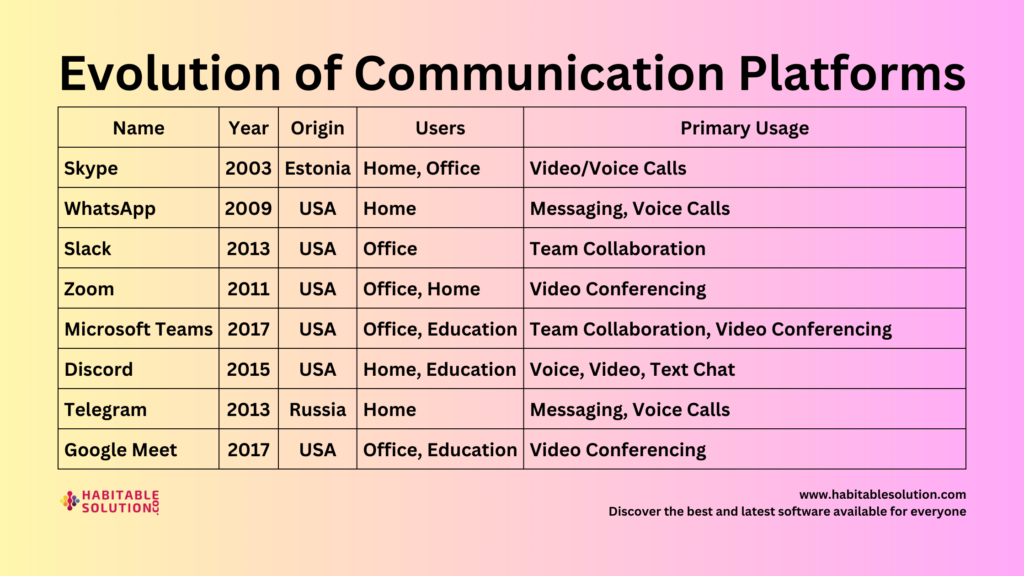On a drizzly February night, Theo sat in his apartment feeling invincible. He had just finished hardening Firefox with ten privacy extensions, rerouted all traffic through Tor, flashed his Android to GrapheneOS, and tweaked his DNS to use an encrypted resolver nobody else in his friend group had heard of. When he clicked “share” on a screenshot of his desktop, Twitter cheered: privacy king, OPSEC god, teach me, senpai. Theo basked in the dopamine glow until a Slack ping shattered the illusion: his self‑hosted server was beaconing to an IP block on every threat‑intel blacklist. Minutes later his cloud provider froze the VPS for participating in an SSH brute‑force campaign.
How—after all those heroic tweaks—did a botnet still muscle its way in? The answer, it turned out, hid in the layers Theo never patched: a router firmware older than his cat, an OAuth token granted more power than a root shell, and an unverified Docker image with a buried backdoor. Theo’s story, variations of which land in incident‑response queues every week, is a cautionary fable for 2025. Privacy tweaks protect dignity; they are not a firewall against real adversaries. If you’ve been polishing front‑end defences while the basement floods, read on. This narrative walks through the unseen tunnels attackers use—and the concrete moves that will actually shorten your odds of becoming tomorrow’s breach headline.
Beneath the Browser — The Firmware Abyss

Theo’s first oversight was hardware sitting on the floor humming quietly. His ISP‑provided router hadn’t received a security patch in eighteen months. Earlier that year a single web‑admin flaw—CVE‑2024‑23192—turned 67 percent of consumer gateways into silent proxies for a botnet dubbed GRIZZLYSTEPPE. While Theo bragged about his encrypted DNS, the gateway happily mirrored traffic. Attackers didn’t need zero‑days in Tor; they owned the on‑ramp.
In incident‑response after incident‑response I have watched brilliant developers crumble when we explain how entry began with a router exploit published on Pastebin. The fix is dull but decisive: own the hardware or treat it as untrusted. Replace your ISP brick with pfSense or opnSense, schedule auto‑update crons, and subscribe to NVD alerts that watch your model’s CPE string. Firmware should drink patches as fast as browsers do; otherwise you are locking doors while burglars climb an open scaffold.
Identity: The Forgotten Perimeter

Theo’s second weakness was human: passwords protected by little more than SMS tokens. In 2025 SIM‑swap gangs convert physical numbers into eSIM profiles in under an hour. Worse, modern phishing kits proxy FIDO prompts, tricking victims into tapping hardware keys on rogue consent screens. The entire credential paradigm has tilted; reusable secrets are a dead man walking.
The remedy is origin‑bound authentication—passkeys stored in hardware that never transmit the same secret twice. Migrating felt tedious at first, but Theo eventually registered two YubiKey 5Cs, enrolled them on email, cloud consoles, and his Git repos, then removed SMS‑based 2FA. He drafted a credential inventory: tier‑zero accounts required hardware keys; tier‑one used TOTP offline; everything else lived behind random, unique passwords. Rotating tokens became muscle‑memory—an accident lost key was revoked before attackers finished cloning it.
Shadows in the Supply Chain

When Theo typed docker compose up -d, he believed “latest” meant “safe.” In reality it meant “trust whoever typed git push upstream.” In March 2025 a compromised maintainer injected obfuscated malware into a base image used by thousands. CI pipelines rebuilt dutifully, production pulled signed tags, and backdoors slipped into clusters labelled zero‑trust. The lesson: open source remains a superpower, but trust must be a verifiable contract.
Theo’s pivot was to sign every image with Sigstore + Cosign and mirror third‑party layers into a private Harbor registry guarded by admission policies. Build steps now generated SBOMs scanned by Clair; if a high‑severity CVE surfaced, the pipeline failed before deploy. The extra minutes in CI saved months of exfiltration triage.
Flat Networks Burn Fast

Theo’s apartment network looked tidy on paper—until we mapped it. His NAS, Plex server, gaming PC, and work laptop all lived on 192.168.1.0/24. A light‑switch firmware exploit blasted ransomware across Samba shares and landed on the workstation holding SSH keys. Lateral movement is trivial when every hallway in the house shares one lock.
He rebuilt using consumer hardware and free firmware: VLAN 10 for workstations (egress only 443, 22), VLAN 70 for media (outbound 443, no east‑west), VLAN 90 for IoT (DNS‑only plus OTA hosts). Inter‑VLAN traffic defaulted to DROP, and firewall logs streamed into ELK. The next penetration test stalled at the IoT boundary—a foothold had become a cul‑de‑sac, not a highway.
Token Hygiene: The Scope Laser

During Theo’s breach, attackers phished a GitLab OAuth consent screen. One click granted repo read/write, CI deploy, and calendar access—for a fake security audit. Eight hours later the same token drove an unattended VPS into a botnet. API keys deserve the same care as passwords, yet tutorials rarely mention scope.
Now Theo issues short‑TTL tokens (hours, not days), limits scopes to read‑only where possible, and stores secrets in HashiCorp Vault with automated rotation. A key that never lives on disk never leaks in plaintext.
Human Click‑Reflex

Phishing remains three‑quarters of breach initial vectors. Browsers obey; humans click. Theo started quarterly live‑fire drills with GoPhish: custom lures, real‑time metrics, and just‑in‑time micro‑coaching. Click‑rate dropped from 18 percent to 2 percent in six months. People are patchable—if the update arrives at the teachable moment.
Seven Days to Reality
Theo’s transformation unfolded in a week: firmware Monday, passkeys Tuesday, signed containers Wednesday, VLANs Thursday, SBOM gating Friday, secrets vault Saturday, phishing drill Sunday. Seven boring tasks beat years of browser tweaks. Six months later an external pentest reported zero critical findings; the auditor called his setup “shockingly sane.”
Tools That Matter in 2025

Theo’s final stack contained only five core platforms:
- pfSense with Watchtower for automated gateway patches.
- YubiKey + Passkeys.io for origin‑bound authentication.
- Sigstore / Cosign + Harbor for container integrity.
- HashiCorp Vault for dynamic secrets.
- GoPhish for live‑fire human training.
Everything else—privacy extensions, hardened browsers, de‑Googled phones—remained, but as layers atop reinforced foundations rather than decorative facades.
The Takeaway

Privacy tweaks defend dignity in the surveillance economy; they do not stop credential phishing, supply‑chain tampering, or router exploits. Security is the discipline of moving attackers’ costs beyond their return. Start where tutorials end: patch firmware, bind identity to hardware, verify code you inherit, segment the blast radius, and train the finger hovering over suspicious links. When those layers harden, Tor and encrypted DNS bloom into a roof that can finally weather a storm.
So close the tab filled with extension reviews. Log into your router. Order a hardware key. Sign that first Docker image. Ask a friend to phish you. Then post your real progress—not a screenshot of browser flags—to the feed. The applause may be quieter, but the silence from your incident‑response hotline will speak volumes.
Call to Action: Which blind spot surprised you—firmware, identity, supply chain, or segmentation? Share your first fix in the comments. Let’s swap real defences, not cosmetic screenshots.
People also search for:
Can a computer be 100% secure?
Do I really need virus protection on my computer?
is it safe to use the computer after beng hacked?
How do I check my computer for protection?
Written by Tahsin Tariq | Habitablesolution.com





